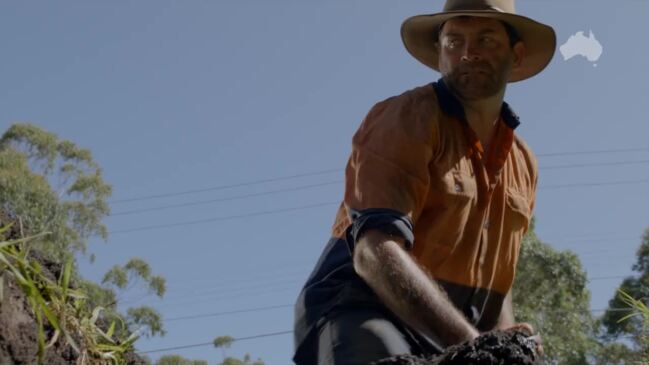Productivity needs to lift to support increases in real wages
The longest period of declining capital investment since the mid-1990s is creating a significant drag on labour productivity.

The widespread calls for a reform agenda to lift productivity growth are reminiscent of prime minister Paul Keating’s comment in 1989: “If you walk into any pet shop in Australia, what the resident galah will be talking about is micro-economic policy.”
As has been widely noted, today productivity is actually going backyards and since 2018 it has flatlined. The detrimental impact on living standards of this stagnation in productivity has been masked so far by the rise in the nation’s terms of trade. Real national disposable income grew 4 per cent last year.
However, it would be unwise to rely on strong growth in the terms of trade to again come to the rescue. The widely expected slowing in global growth and potentially a recession in the US and Europe is likely to see sustained falls in commodity prices, lowering the terms of trade and reducing the scope for further federal budget measures to support household incomes.
Instead, growth in household incomes will depend on real wage growth. The federal budget forecast is for a return to positive real wage growth only in the 2024 financial year, based on nominal wage growth of 4 per cent and an easing of inflation to 3.25 per cent as demand cools and import prices fall with the reversal of supply disruptions.
However, sustainable growth in real wages will require a significant improvement in productivity. Otherwise, as the RBA governor noted again last week, wage rises of 4 per cent will not be consistent with low inflation. Last week’s annual wage review by the Fair Work Commission slightly adds to this risk.
As it stands, a lift in productivity growth to around the long-term average of 1.25 per cent would be required for the current 3.5-4 per cent wage rises to be consistent with a sustained return to the inflation target.
Even this will be challenging. The economy today is more labour-intensive and this lowers potential productivity growth.
The three arrows of productivity growth are improving labour skills, diffusing and applying new ideas, and providing more investment for workers. Many of the Productivity Commission’s 71 recommendations to address the productivity funk in their latest five-year review focus on the first two of these.
But the impact of the subdued growth of business investment should not be underestimated.
Growth in the stock of capital — equipment, machinery, software, infrastructure — relative to labour, what economists call capital deepening, allows workers to increase output.
However, growth in the capital stock has slowed sharply while at the same time employment and hours worked have grown rapidly coming out of the pandemic.
The result is that in the past two years the stock of capital that is available to each worker has declined.
Indeed, this is the longest period of decline since the mid-1990s. This is creating a significant drag on labour productivity.
The good news is that business investment growth has picked in the past 12 months, led by service industries. Looking ahead, there are some positive signs.
The ending of the era of cheap and ample finance may in fact see funds being better allocated to investments with high returns rather than zombies. And the sharemarket’s current mania over generative AI’s capabilities suggests investors see potentially large productivity benefits from the technology’s capabilities to deliver new products and services and reduce costs.
While in its early stages, the speed of take-up of AI is much faster than the technology boom associated with the development of the internet that helped lift productivity in Australia in the second half of the 1990s.
Outside of business investment, addressing the underinvestment in targeted segments of housing, energy, infrastructure and health also will have positive spin-offs for productivity.
There are of course many risks to securing a sustained increase in capital deepening and productivity, not least of which is if the RBA and other central banks generate a recession in their efforts to wind back inflation.
Paul Brennan is chief economist at Suncorp.



To join the conversation, please log in. Don't have an account? Register
Join the conversation, you are commenting as Logout